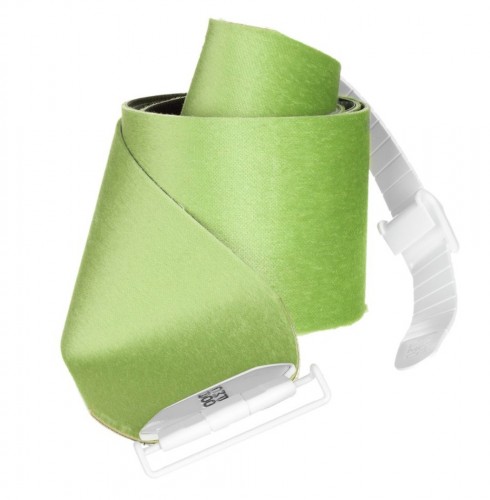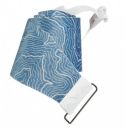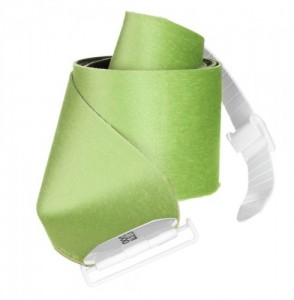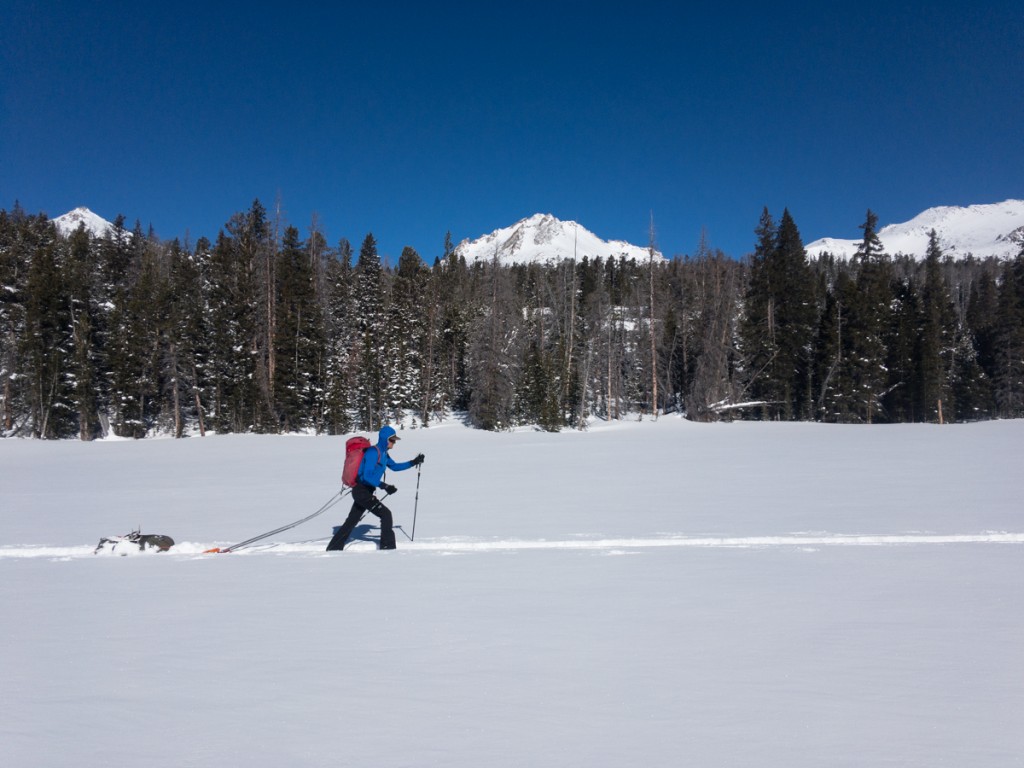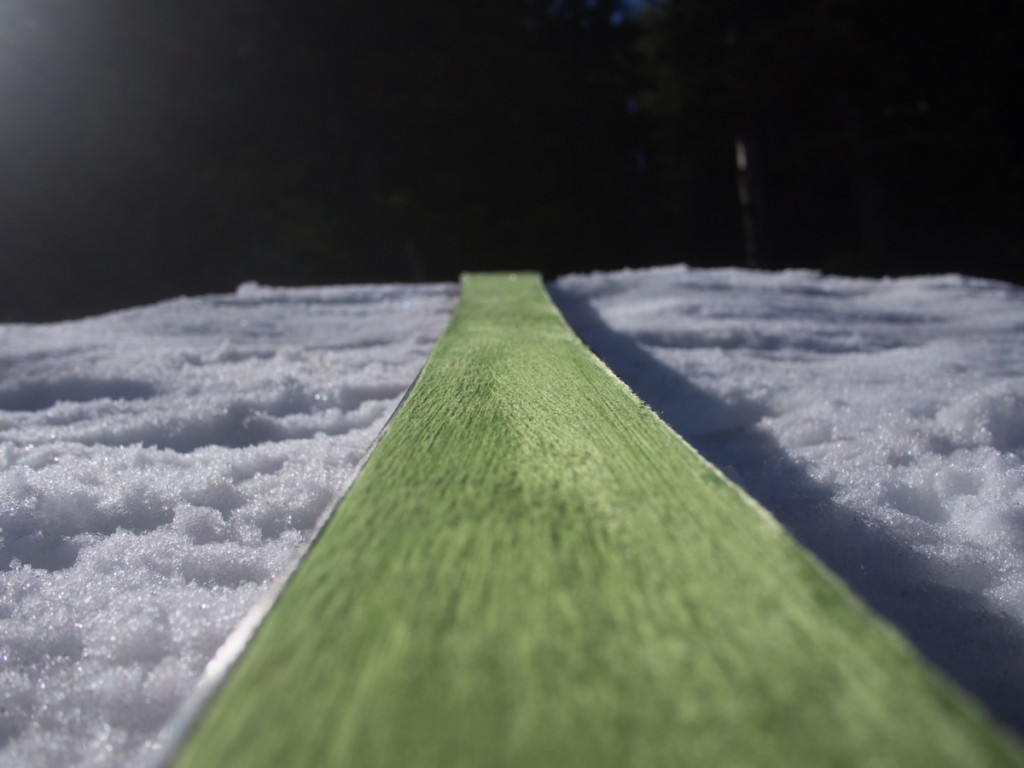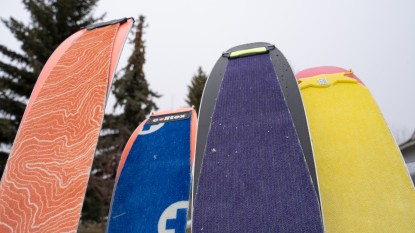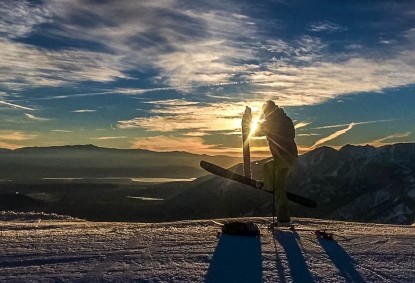Pomoca Climb Pro Mohair Review
Our Verdict
Compare to Similar Products
 This Product
Pomoca Climb Pro Mohair | |||||
|---|---|---|---|---|---|
| Awards | Best Climbing Skin with Cleanable Glue | Best Climbing Skin with Traditional Glue | Best Bang for the Buck | Top Pick for High Speed Performance | |
| Price | $229.95 at Backcountry Compare at 2 sellers | $200 List $199.95 at Evo | $210 List $209.95 at Amazon | $141.83 at REI Compare at 2 sellers | $230 List $229.95 at Amazon |
Overall Score  |
|||||
| Star Rating | |||||
| Bottom Line | You get exceptional glide, but pay for that with durability, grip, and some icing resistance | All skin performance is balanced; given our experience with skiing and with reviewing, we find this skin strikes an ideal balance of a variety of factors | Climbing skins inherently strike compromises; winner of our top award, it balances competing demands better than any other | Every backcountry skier can use these, especially those that are cost sensitive | For skilled skinners and efficiency hounds on cold snow there are no better skins available |
| Rating Categories | Pomoca Climb Pro Mo... | Contour Hybrid Mix | Pomoca Climb Pro S... | Pomoca Climb 2.0 | Pomoca Free Pro 2.0 |
| Glide (30%) | |||||
| Portability (20%) | |||||
| Glue Integrity (20%) | |||||
| Grip (15%) | |||||
| Icing and Glopping Resistance (10%) | |||||
| Compatibility (5%) | |||||
| Specs | Pomoca Climb Pro Mo... | Contour Hybrid Mix | Pomoca Climb Pro S... | Pomoca Climb 2.0 | Pomoca Free Pro 2.0 |
| Measured Weight (lbs per pair) | 1.00 | 1.21 | 1.03 | 0.99 | 0.93 |
| Material | 100% Mohair | 70% Mohair, 30% Nylon | 70% Mohair, 30% Nylon | 70% Mohair, 30% Nylon | 70% Mohair, 30% Nylon |
| Weight per Pair (Based on Ski Tested) | 452g for 80mm ski, 177 cm | 551 g for Blizzard Zero G 95, 180 cm | 468 g for Atomic Backland 95 177 cm | 448 g for Dynastar M99 Tour, 178 cm | 423 g for DPS Pagoda Tour CFL 105 180 cm |
| Weight per Ski Width (grams/mm) | 2.85 | 2.65 | 2.46 | 2.25 | 2.02 |
| Glue | Traditional | Hybrid Glue | Traditional | Traditional | Traditional |
| Tip Attachment | Rigid tip loop | Rigid tip loop | Rigid tip loop | Rigid tip loop | Rigid tip loop |
| Tail Attachment | Rubber strap and cam hook | Vinyl strap and cam hook | Rubber strap and cam hook | Rubber strap and cam hook | Rubber strap and cam hook |
| Ski Compatibility | Universal | Universal | Universal | Universal | Universal |
Our Analysis and Test Results
Product Update — December, 2024
Pomoca has made sweeping updates to their lineup of Climb skins, including the Climb Pro Mohair. The new Tour Pro Cold is still an 100% mohair skin, but Pomoca claims that a new skin membrane is 12% lighter and is treated with their new Ever Dry 3.0 finish, which if PFC-free. You can still purchase the Climb Pro Mohair, but we may link to the new Tour Pro Cold once the Pro Mohair is no longer available.
These are full mohair skins. As such, we found them to glide real well, stick reliably, and grip, as well as an expert skinner on dry snow, should ever need. Their durability will suffer, as is evidenced by ongoing testing and our prior experience with such products. For maximum uphill efficiency, especially in dry snow conditions, this durability compromise is likely worth it.
Performance Comparison
Glide
These full mohair (yes, as in the hair of a goat) skins glide very, very well. It is no mystery why high energy randonnee racers use full mohair skins exclusively. The efficiency and speed advantages of fast gliding skins are well proven, if a little easy to overlook early in your backcountry ski career. Good climbing technique involves sliding your skis along the ground and skis that are easy to slide along the ground save energy. Good gliding skins, like the Climb Pro Mohair, save energy.
Grip
There is just enough grip in the Pro Mohair. Good technique and careful terrain selection will make up for any shortcomings inherent in the grip of mohair skins. We can say this on good authority, as our test team has used mohair skins of all kinds, and specifically these Pomoca ones, on the gnarliest of ski mountaineering objectives. Of course, other products grip better, but that grip comes with drawbacks.
Given that virtually all aspects of climbing skin design and manufacture are at odds with another aspect, it should come as no surprise that the best gliding options are right there with the Pomoca when it comes to grip. Grip and glide are, with nuanced exceptions, inversely proportional.
Glue Integrity
The glue of the Pomoca skins is just right. It is sticky enough for long, cold days out with lots of transitions, and it releases from ski and itself with equal aplomb. It could be better, especially when wet. The fabric side of the product is light but rigid enough to resist ski base peeling.
The closest competitor to the Pomoca has glue that is far more tenacious. But this comes with drawbacks. Get the glue stickier than that on the Pomoca, and transitions are more strenuous, and tangling is more common. As with every other performance criteria, glue integrity must strike a balance. The Pomoca glue formula has long been known to grab as well as it needs to, and then let go (of itself and your ski bases) without the biceps of an Olympic rings gymnast. We found the performance of the glue on the Climb Pro Mohair to meet these lofty expectations.
Icing Resistance
The natural mohair fibers of the Pomoca skins are slightly more vulnerable to icing than anything that includes some or all nylon fibers. The mohair hairs absorb more water, which in turn freezes in place and collects more water and snow and ice. Waxing your skins mitigates this, but that's the case with all skin material.
There is a pretty strong correlation between icing propensity and mohair content. More mohair, more ice. That being said, the most significant determinant of icing is conditions and waxing. Learn to wax your skins and learn which conditions make glopping worse, and you mitigate much of the problem. When you have problems, you can scrape and wax again. Blended skins ice less than the Pomoca, but not by much. Full nylon plush collects even less ice. The absolute least amount of icing comes with the fully plastic surface on very select and specialized skins. Across the board, there is actually very little actual difference in icing propensity between skins. Conditions, waxing, and technique and the aggregate of these all matter more than materials or factory treatments.
Portability
Even when we correct for ski size and width, these skins are light and compact. Depending on your ski size, you can count on stuffing these in your jacket without dramatically affecting your insta-photo silhouette. More importantly, they won't displace snacks and extra gloves from your backpack. The Pro Mohair is almost the smallest and most packable set in our review.
Compatibility
These skins are available in universal sizes that you cut (with Pomoca's excellent skin cutting tool and instructions) to the exact shape of your skis.
Most skins are universally compatible. Of those we tested, only a couple are specific to certain skis. Some brands of skins are best used on the same brand of skis.
Value
Pomoca Mohair skins are expensive, but the performance is high. Something to note, as it pertains to value, is that these will not last as long as blended or full nylon skins. The natural mohair fibers break down more readily than nylon. You will gain glide as this happens, but you will lose grip until the skins are no longer usable.
Conclusion
The Pomoca Climb Pro Mohair is a technician's choice. Choose it for maximum efficiency, and understand the costs of such a choice. With a couple of notable drawbacks (grip, durability), we can't quite recommend these for absolutely everyone. However, for very enthusiastic backcountry skiers in cold and dry climates, the advantages are clear and will pay dividends.
In our long and deep experience, we find that backcountry skinners quickly (like, in a season or so of dedicated participation) learn technique to optimize grip and to take good care of the glue side of their skins. In this way, pretty much all skins glue and grab well enough. But the advantages of enhanced glide affect every step and at every level of experience. If anything, glide matters even more as you get more experienced. These are very well gliding skins. They glide better than any of the other “all-around” traditional skins, which saves energy and allows more and more relaxed downhill skiing. Which, after all, is the main reason most of us are out there getting after it.

